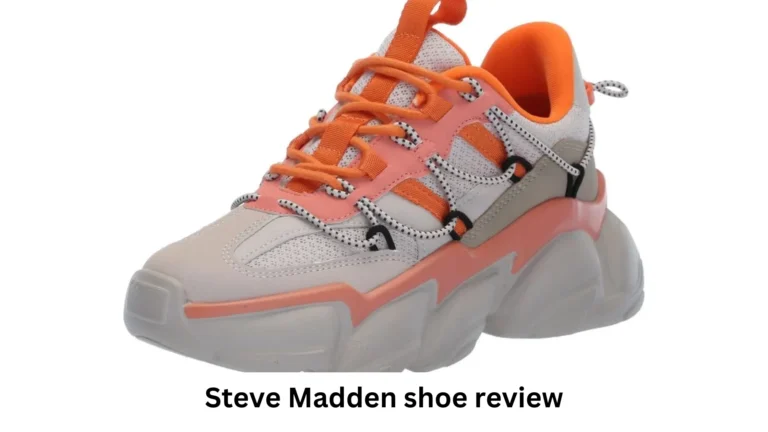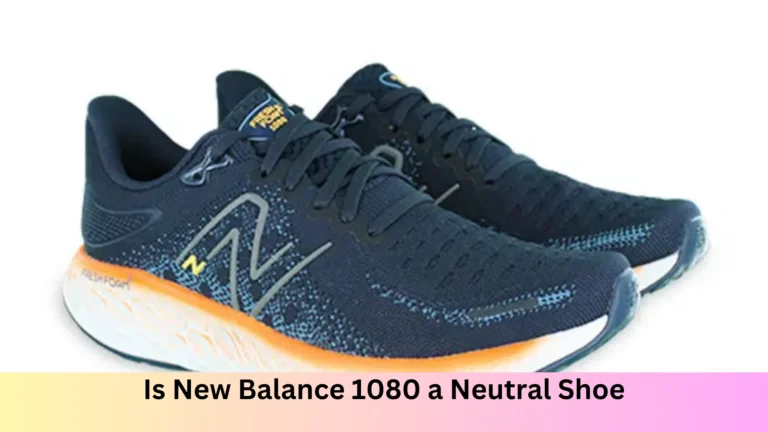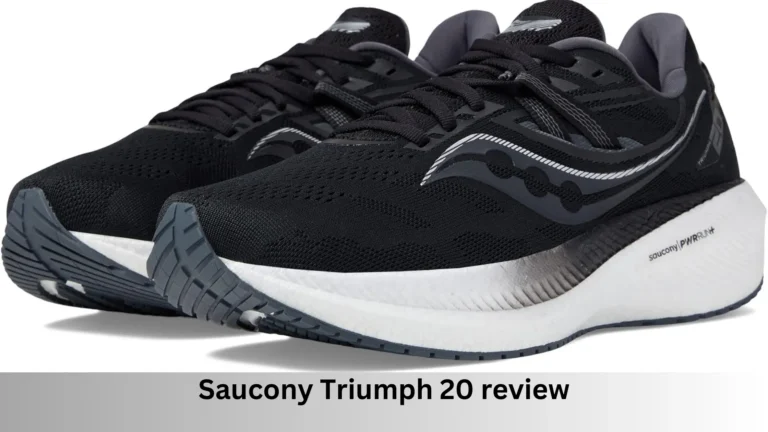
Foot pain is a common issue affecting millions of people around the world. Whether you’re dealing with conditions like plantar fasciitis, flat feet, arthritis, or heel spurs, wearing the right footwear is critical for reducing discomfort and maintaining healthy feet. In this comprehensive guide, we’ll explore which footwear is best for foot pain, why it matters, and how you can make informed decisions for your health.
Understanding Foot Pain and Its Causes
Foot pain can arise from a variety of causes, including:
- Plantar Fasciitis: A common cause of heel pain, plantar fasciitis occurs when the band of tissue that runs along the bottom of the foot becomes inflamed.
- Flat Feet: People with flat feet often experience pain due to poor arch support, which can lead to misalignment of the joints and strain on the feet.
- Arthritis: Osteoarthritis and rheumatoid arthritis can lead to painful inflammation in the joints, often causing discomfort in the feet.
- Heel Spurs: These bony growths on the underside of the heel can cause sharp pain, especially when walking or standing.
- Bunions: Bunions are bony bumps that develop at the joint of the big toe, often leading to pain and discomfort in the front of the foot.
Choosing the right footwear can help address these conditions and prevent worsening pain.
Key Features to Look for in Footwear for Foot Pain
Before diving into specific types of footwear, it’s important to understand what features make shoes beneficial for those dealing with foot pain. The best footwear for foot pain often includes the following characteristics:
- Arch Support: Proper arch support is essential for evenly distributing weight and reducing strain on the foot’s tendons and ligaments.
- Cushioning: Extra cushioning can provide shock absorption, reducing the impact on your joints and preventing further damage.
- Roomy Toe Box: Shoes with a wider toe box allow your toes to spread naturally, which can alleviate pressure on the front of your feet.
- Heel Stability: A stable heel prevents overpronation (rolling inward) or supination (rolling outward), which can exacerbate foot pain.
- Adjustability: Shoes with adjustable straps or laces provide a customizable fit, which is important for people with swelling or bunions.
- Durability: High-quality materials that withstand wear and tear are vital for long-term foot health and support.
Types of Footwear Best for Foot Pain
Now that we’ve covered the key features, let’s take a look at some of the best types of footwear for foot pain. Each type of shoe offers different benefits depending on the specific condition you’re addressing.
1. Orthopedic Shoes
Orthopedic shoes are designed specifically for people with foot pain and other orthopedic conditions. These shoes typically feature extra cushioning, support, and customization options to address foot deformities, arthritis, and diabetic foot pain.
Benefits:
- Excellent arch support
- Extra depth and width for custom orthotics
- Shock-absorbing soles
Best for: People with severe foot pain, arthritis, or foot deformities.
2. Running Shoes
Running shoes aren’t just for athletes—they’re also a great option for people dealing with foot pain. Many running shoes offer features like enhanced cushioning, support for high arches, and motion control to help manage overpronation.
Benefits:
- Lightweight construction with ample cushioning
- Durable outsoles that reduce shock
- Good arch support, especially in brands like Brooks and ASICS
Best for: People with plantar fasciitis, heel spurs, or flat feet.
3. Walking Shoes
Walking shoes are an excellent option for daily use. These shoes offer moderate cushioning, strong arch support, and flexibility, making them ideal for people who are on their feet for long periods.
Benefits:
- Supportive and cushioned soles
- Flexible materials for better mobility
- Breathable fabrics to reduce sweating
Best for: People who experience general foot pain, arthritis, or joint pain.
4. Sandals with Arch Support
Many people assume sandals are bad for foot pain, but some brands offer arch-supporting sandals specifically designed for foot health. Look for sandals with a contoured footbed, shock absorption, and adjustable straps.
Benefits:
- Arch support in a breathable design
- Adjustable straps for a better fit
- Suitable for warm climates
Best for: People with bunions, flat feet, or mild foot pain during summer months.
5. Dress Shoes with Comfort Features
Foot pain sufferers often find it challenging to wear dress shoes, especially for formal occasions. Fortunately, many brands now offer dress shoes with built-in comfort features, such as padded insoles, wider toe boxes, and lower heels.
Benefits:
- Padded insoles for comfort
- Low or moderate heel height for better balance
- Available in stylish designs for professional settings
Best for: People who need formal footwear but suffer from foot pain, bunions, or plantar fasciitis.
6. Slip-On Shoes
Slip-on shoes, like loafers or clogs, are a great option for people seeking convenience and comfort. Many slip-on shoes now come with memory foam insoles and supportive midsoles, making them a solid choice for people with mild foot pain.
Benefits:
- Easy to put on and take off
- Memory foam insoles for added comfort
- Lightweight and breathable designs
Best for: People with mild foot pain or arthritis who prioritize convenience.
7. Custom Orthotics
For people with severe foot pain or specific conditions, custom orthotics can be a game-changer. Orthotics are specially designed insoles that provide tailored support to the foot’s unique structure.
Benefits:
- Completely customized to your feet
- Helps correct gait issues like overpronation
- Can be inserted into various types of shoes
Best for: People with chronic foot pain, plantar fasciitis, or structural foot problems.

Best Brands for Foot Pain Footwear
When shopping for the best footwear for foot pain, certain brands are known for their focus on comfort, support, and health. Here are a few brands that stand out:
1. Birkenstock
Birkenstock is a well-known brand that offers sandals and shoes with excellent arch support. Their contoured footbeds promote even weight distribution and are ideal for people with flat feet or plantar fasciitis.
2. Brooks
Brooks is highly regarded in the running shoe industry for its focus on support and stability. Their shoes provide excellent arch support and cushioning, making them perfect for people with plantar fasciitis, heel spurs, or overpronation.
3. New Balance
New Balance is another brand known for its wide selection of shoes with roomy toe boxes and extra cushioning. They also offer motion control features, which are ideal for people with flat feet or gait issues.
4. Vionic
Vionic specializes in designing footwear with arch support, making it an excellent option for people with plantar fasciitis, flat feet, or general foot pain. Their shoes range from sandals to dress shoes, offering style without sacrificing comfort.
5. Hoka One One
Hoka One One is popular among athletes and people dealing with foot pain due to its maximalist design. Their shoes have extra-thick soles that provide incredible cushioning and shock absorption, which can be beneficial for people with arthritis or joint pain.
Footwear Tips for Specific Conditions
If you’re experiencing foot pain due to a particular condition, here are some specific tips to keep in mind when choosing footwear.
1. Plantar Fasciitis
Look for shoes with:
- Strong arch support
- Cushioned soles
- Heel cups to support the back of the foot
2. Flat Feet
Seek shoes with:
- Motion control features
- Arch support for flat arches
- Stability to prevent overpronation
3. Arthritis
Choose shoes with:
- Soft, flexible materials
- Extra cushioning to absorb shock
- Wide toe boxes to accommodate swelling
4. Heel Spurs
Prioritize shoes with:
- Heel padding
- Shock-absorbing insoles
- Supportive arch features
5. Bunions
Opt for shoes with:
- Wide toe boxes to reduce pressure on the bunion
- Soft materials to avoid irritation
- Minimal seams to prevent rubbing
How to Choose the Best Footwear for Your Needs
When selecting footwear for foot pain, it’s crucial to take a few steps to ensure the shoes will meet your needs. Here are some tips:
- Know Your Foot Type: Understanding whether you have high arches, flat feet, or normal arches will help you select shoes with the right level of support.
- Consider Your Activity Level: Choose footwear designed for the activities you engage in most frequently. Running shoes, walking shoes, and sandals all offer different benefits depending on how active you are.
- Get Professionally Fitted: A professional fitting can help you determine your exact shoe size and width, which is crucial for comfort, especially if you have bunions or swelling.
- Test the Shoes: When trying on shoes, walk around the store to ensure they feel supportive and comfortable. Check for any areas that might rub or cause discomfort.
- Use Inserts or Orthotics: If your shoes don’t come with enough support, consider adding custom orthotics or over-the-counter inserts that provide extra cushioning and arch support.
When to See a Podiatrist
While the right footwear can significantly alleviate foot pain, there are instances when it’s important to seek professional help. You should see a podiatrist if:
- Your foot pain persists despite wearing supportive shoes.
- You experience swelling, redness, or deformities in your foot.
- Walking becomes increasingly painful or difficult.
A podiatrist can diagnose the root cause of your foot pain and recommend treatment options, including custom orthotics or physical therapy.
Also Read: What is the Best Shoe to Wear If You Are on Your Feet All Day? A Comprehensive Guide
Conclusion
Choosing the right footwear for foot pain is essential for maintaining comfort and improving your overall foot health. Whether you’re dealing with plantar fasciitis, flat feet, arthritis, or any other condition, the right shoes can make all the difference. Be sure to focus on essential features like arch support, cushioning, and a proper fit. By selecting the right shoes and, if necessary, incorporating custom orthotics, you can significantly reduce your foot pain and enhance your quality of life.
When it comes to finding the best footwear for foot pain, there’s no one-size-fits-all solution. However, with the information provided in this guide, you can make an informed decision to ensure you stay comfortable and pain-free.
By keeping these tips in mind, you can prioritize your foot health and find footwear that will support your lifestyle and reduce discomfort for the long term.

Hello, I am Natasha Rose. I am the founder of the website Best Running Shoes. I am from California, USA. I am a professional shoe analyzer and an employee in a shoe showroom. I like to provide information about all types of shoes.





